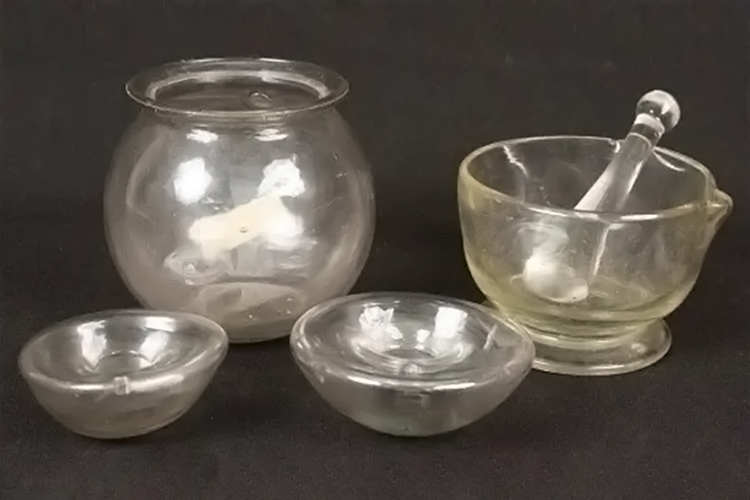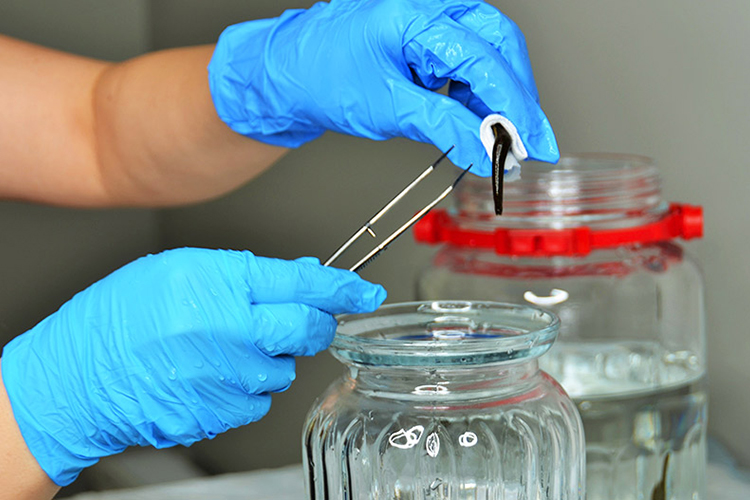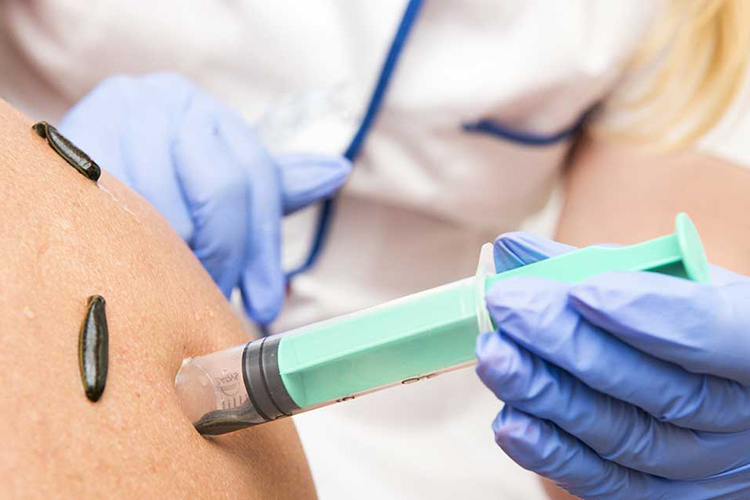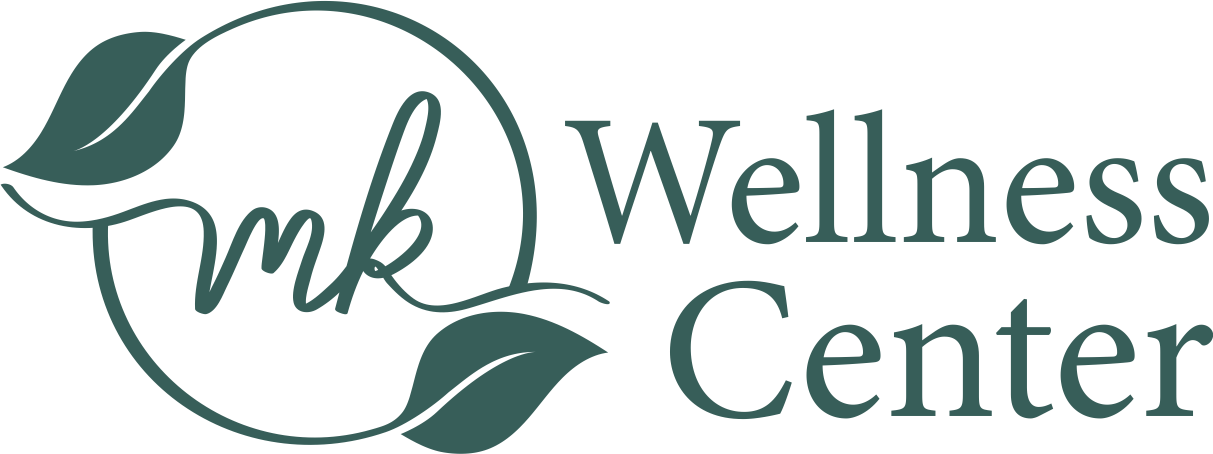Historical Use of Leech Therapy
Delve into the annals of time, where leech therapy emerges as a venerable practice, weaving its way through the tapestry of history for millennia. Echoes of its usage resonate in the ancient civilizations of Egypt and Greece, where healers harnessed the innate power of leeches to address a myriad of ailments. These resilient creatures, employed as medicinal allies, bore witness to the ebb and flow of time, contributing to the healing traditions of diverse cultures. Fast forward to the 18th and 19th centuries in Europe, and leech therapy experienced a renaissance, reclaiming its role in the medical domain. During this era, it became synonymous with bloodletting—a widely adopted method believed to restore balance to the body. As we explore the depths of leech therapy, we unravel a narrative that spans epochs, cultures, and medical philosophies, revealing its enduring significance in the quest for wellness.


Mechanism and Medical Uses
Leeches are applied to the skin, and they use their specialized mouths to attach themselves and draw blood. During the process, they release saliva containing various bioactive substances, including anticoagulants, anti-inflammatories, and vasodilators.
Leech therapy has been used to treat a range of medical conditions, including venous congestion, hematoma (pooling of blood), certain skin conditions, and arthritis. It is sometimes used to improve blood circulation to specific areas.
Pain Relief (Read more)
The substances released by leeches can have analgesic (pain-relieving) properties, which may provide relief for certain types of pain.
Anticoagulation (Read more)
The anticoagulants in leech saliva can help prevent blood from clotting around the leech bite, which may be beneficial in specific cases, such as after surgery to promote blood flow.
Regulation (Read more)
The use of leeches for medical purposes is regulated in many countries, and it should only be performed by trained and qualified practitioners. The leeches themselves must be obtained from reputable sources.
Potential Risks (Read more)
Leech therapy is not without risks. Allergic reactions to leech saliva can occur, and there is a risk of infection at the site of the leech bite. Hygiene and safety precautions are essential.
Modern Alternatives (Read more)
In some cases, modern medical treatments and interventions have largely replaced leech therapy for conditions where it was historically used. For example, surgical techniques, antibiotics, and wound care have improved outcomes in many areas.
Leeches Today
Today, medicinal leeches are primarily used for specific medical purposes and research. While the use of leeches has evolved over time, they are still valued for their therapeutic properties and contributions to scientific studies. Here are some common uses of leeches in modern medicine and research:
Venous Congestion and Microsurgery (Read more)
Medicinal leeches are used in microsurgery, particularly in cases where there is venous congestion. When tissue is reattached surgically (as in replantation of severed fingers or limbs), blood may have difficulty flowing back from the reattached part. Leeches can help relieve this congestion by drawing excess blood from the area.
Reconstructive Surgery (Read more)
Leeches are employed in certain reconstructive surgeries, such as flap surgeries, where tissue is moved from one part of the body to another. They help ensure adequate blood supply to the transplanted tissue.
Relieving Hematoma (Read more)
Leeches can be used to treat hematomas, which are pools of blood that can accumulate after surgery or injury. The anticoagulant properties of leech saliva prevent clotting, allowing them to drain excess blood.
Skin Grafts (Read more)
In cases of skin grafts, where skin is transplanted from one area to another, leeches can be used to ensure blood supply to the graft, especially in challenging cases with compromised circulation.
Anti-Inflammatory and Analgesic Effects (Read more)
Leech saliva contains substances that have anti-inflammatory and analgesic (pain-relieving) properties. This has led to research into their potential applications for managing inflammation and pain.
Scientific Research (Read more)
Medicinal leeches are used in various scientific studies and experiments, including investigations into their unique biochemical properties and the potential therapeutic applications of their salivary compounds.
Wound Healing Research (Read more)
Leeches have been studied for their potential role in promoting wound healing. Research has explored their effects on tissue regeneration and the modulation of inflammation.
Blood Flow Research (Read more)
Leeches continue to be of interest in studies related to blood flow regulation, vascular biology, and the mechanisms by which they affect blood circulation.

